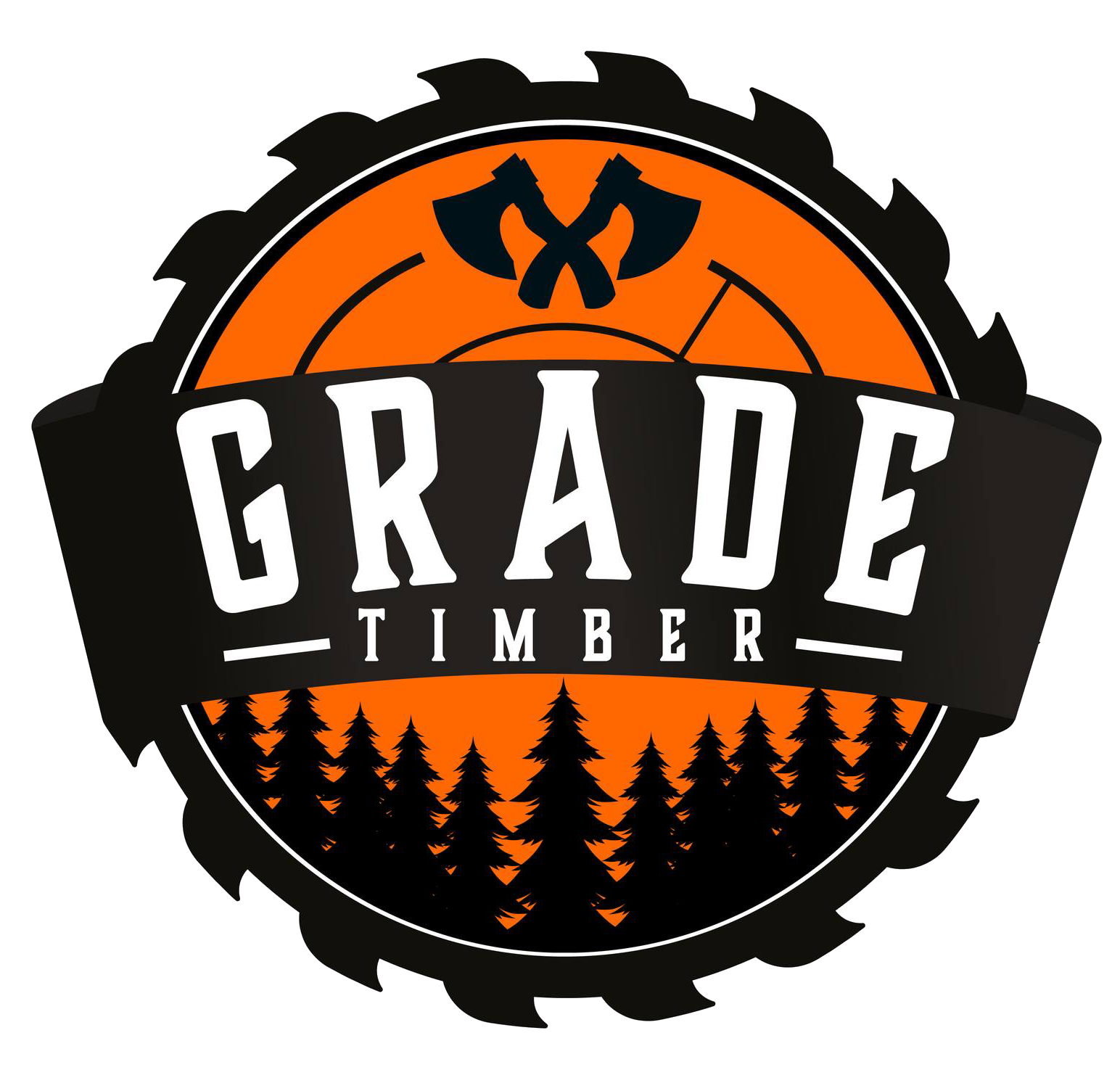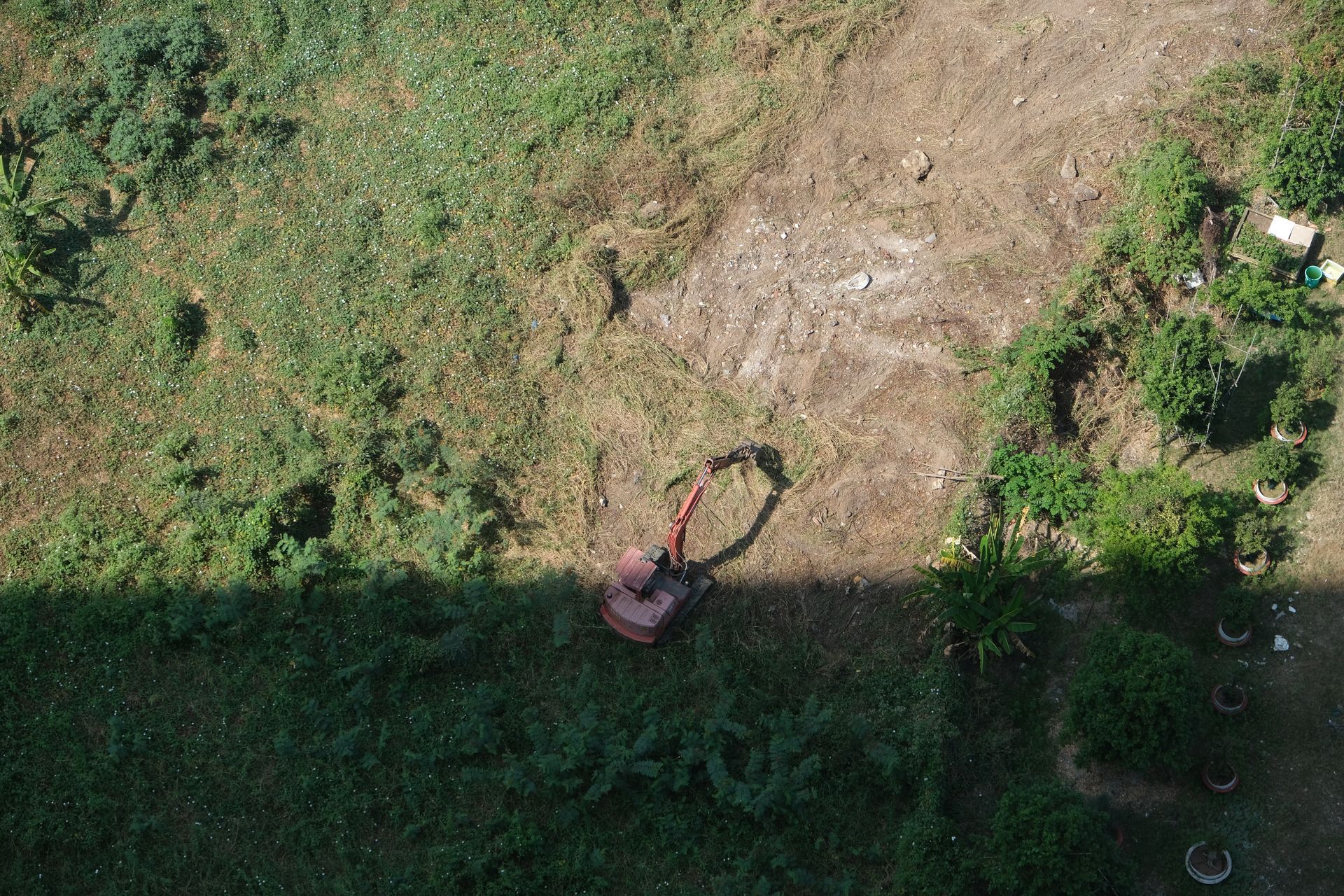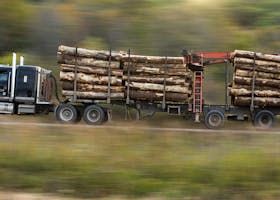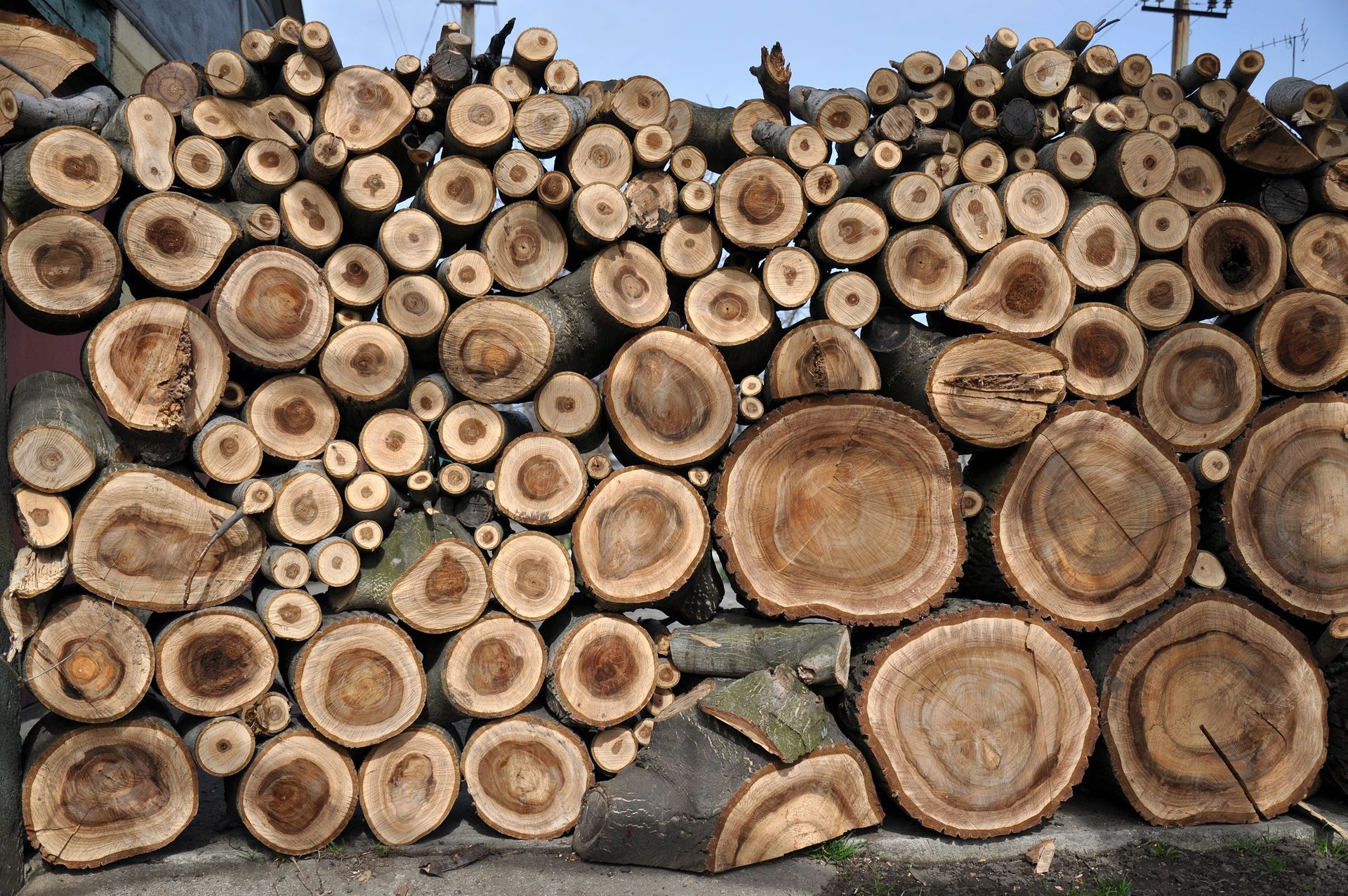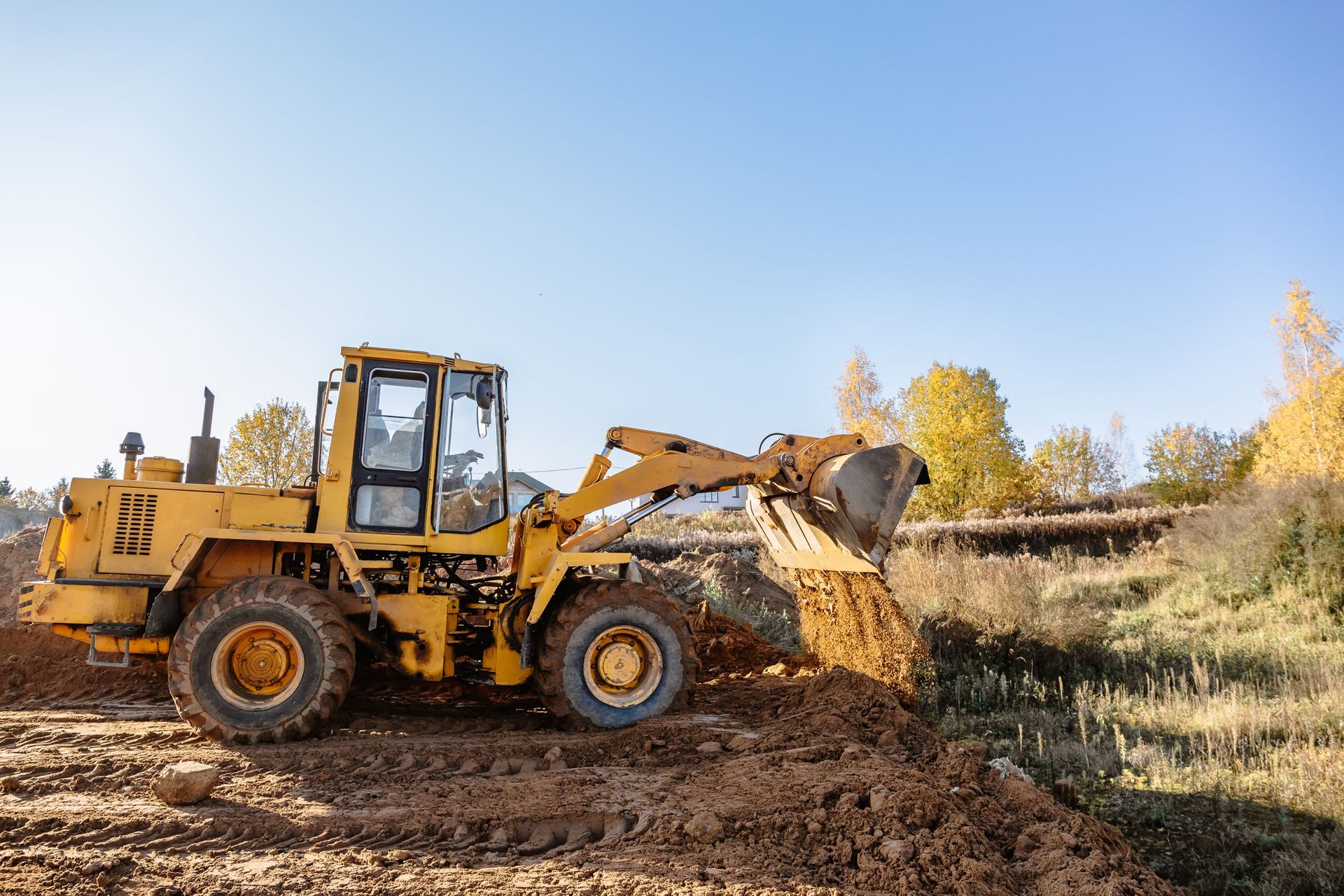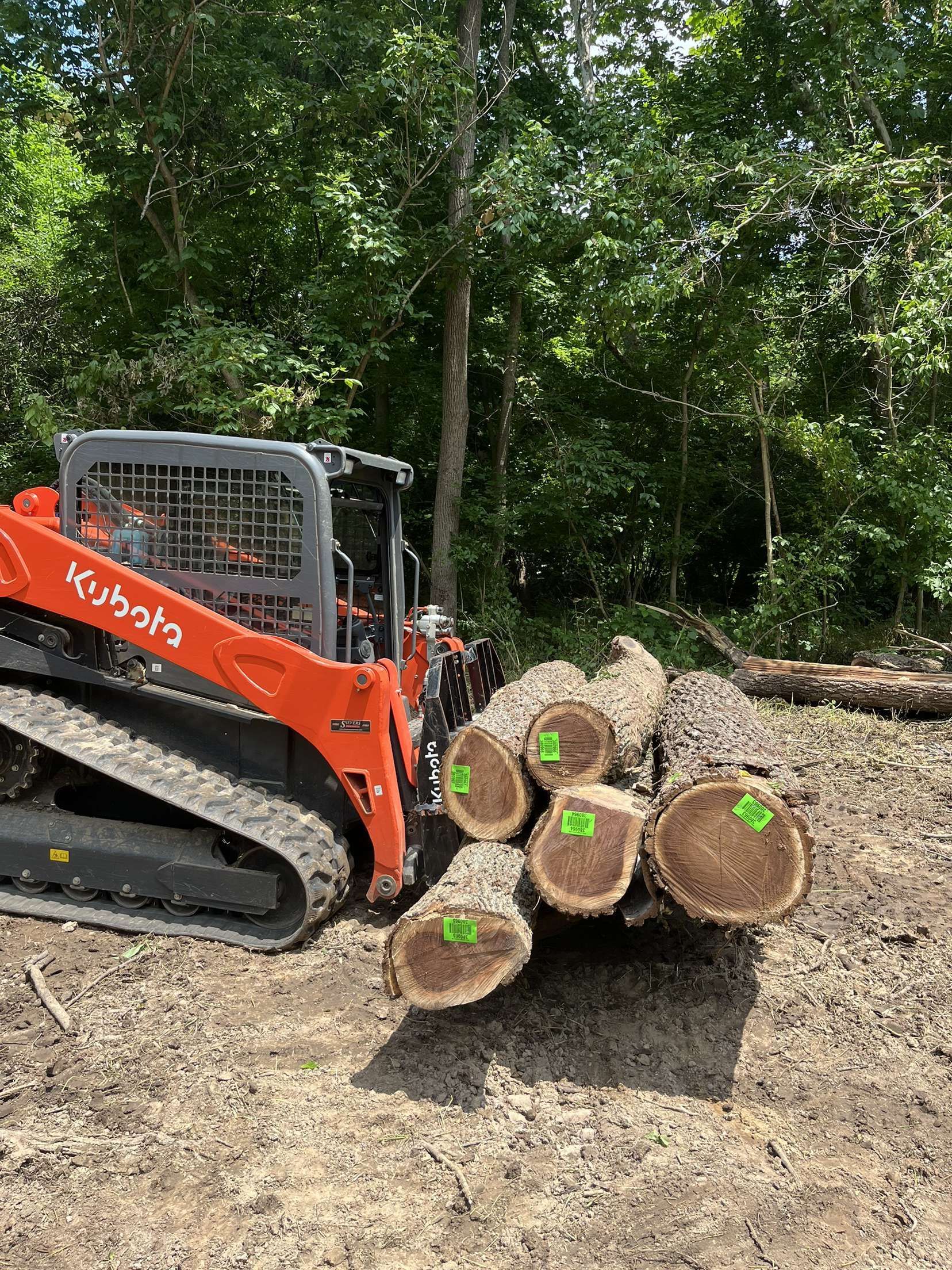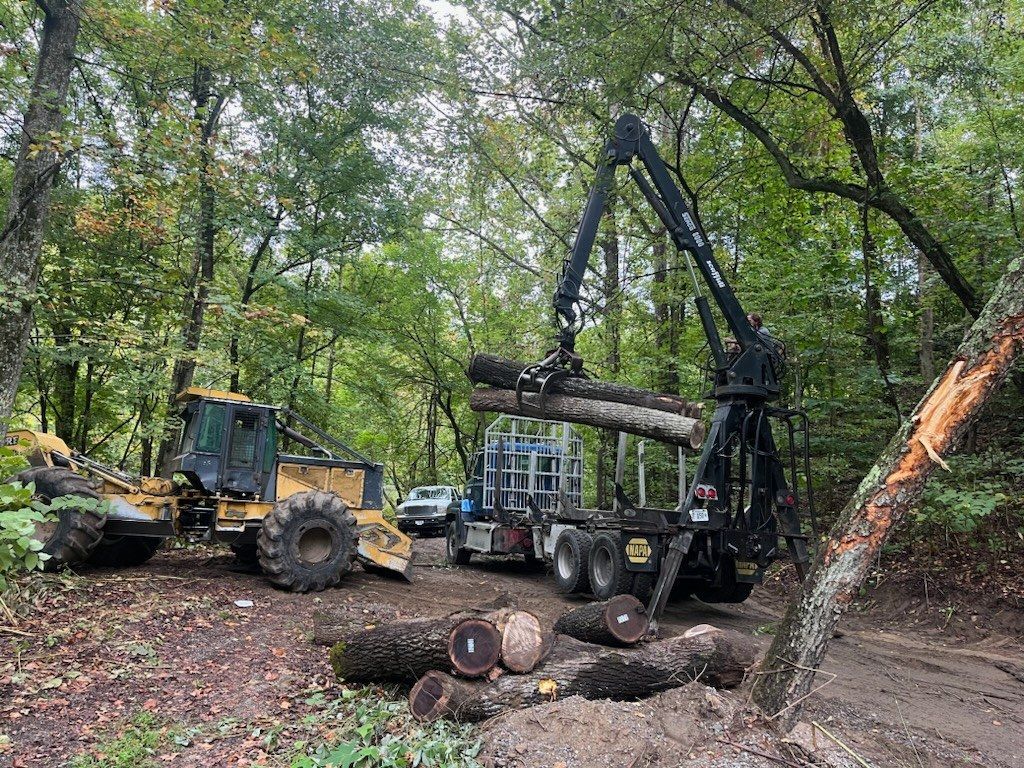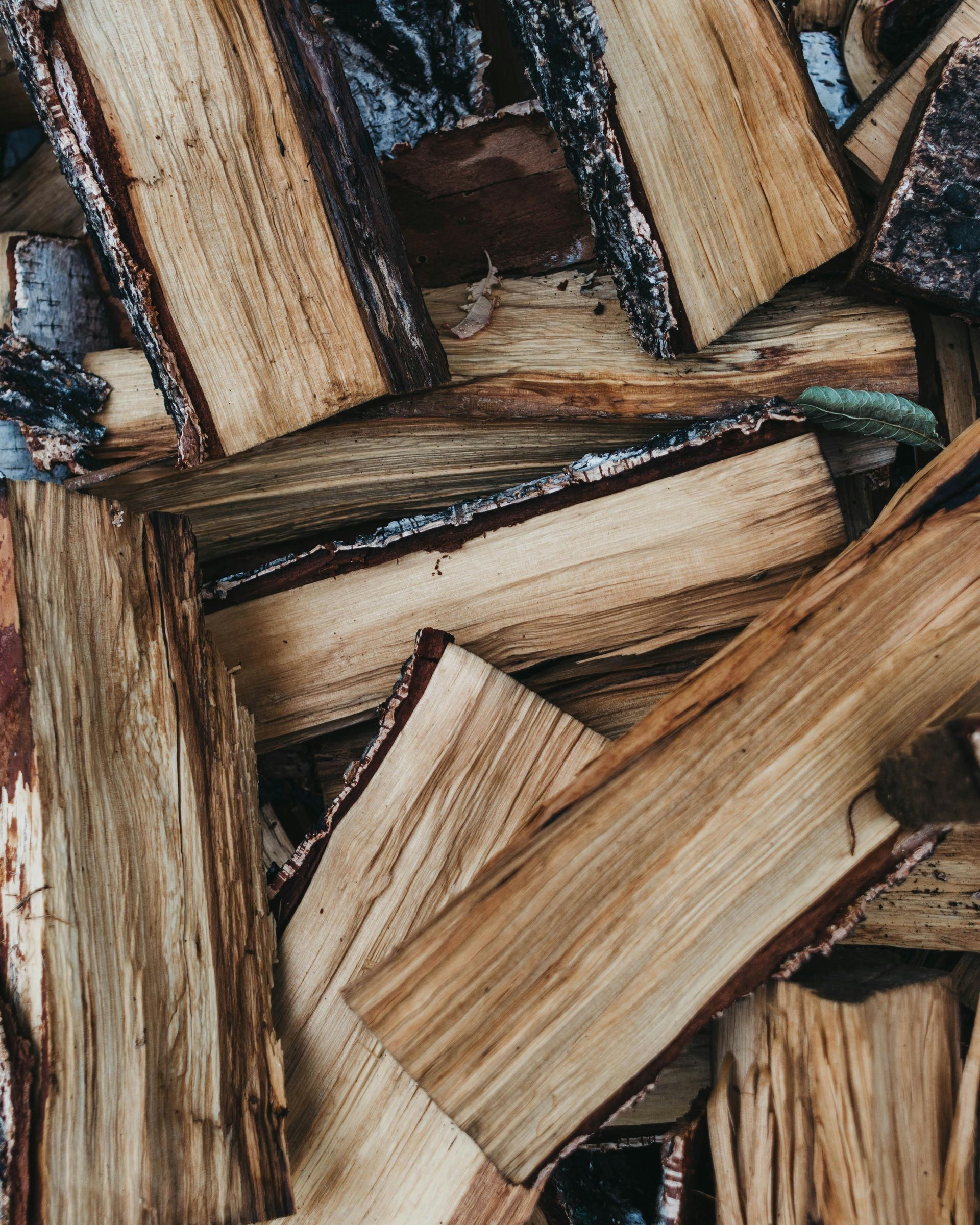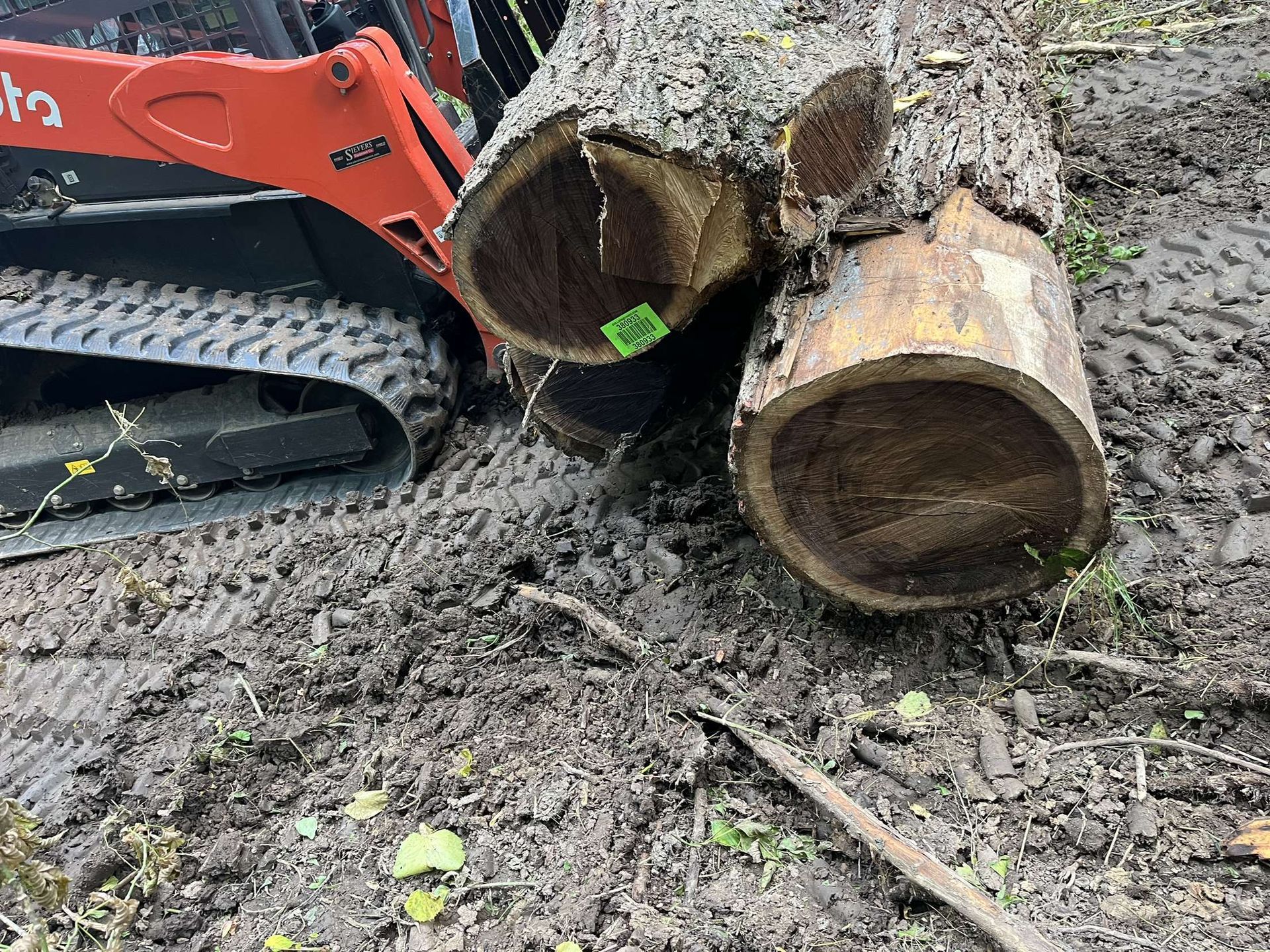2025 Walnut Timber Market Trends in Illinois: Prices, Demand, and Forecasts
As we move through September 2025, the walnut timber market in Illinois continues to show resilience amid broader economic shifts. Black walnut (Juglans nigra), a staple of Illinois' hardwood forests, remains a high-value commodity prized for its durability, rich color, and applications in furniture, flooring, and cabinetry. With stumpage prices holding steady and demand recovering post-global disruptions, landowners are well-positioned to capitalize on their walnut stands.
At Grade Timber, a leading walnut timber buyer in Illinois, we've been tracking these trends closely to help landowners maximize returns through informed, sustainable sales. This in-depth analysis explores current prices, demand drivers, and forecasts for the remainder of 2025 and beyond, drawing on the latest industry data to establish Grade Timber as your expert partner in the Illinois walnut timber market.
Whether you're in walnut-rich areas like the Mississippi River bottoms or central counties such as Cass and Sangamon, understanding these dynamics is crucial for timing your sale. We'll break down regional variations, export influences, and economic factors, providing actionable insights for selling walnut timber in IL.
Current Walnut Timber Prices in Illinois (as of September 2025)
Illinois walnut prices have stabilized in 2025 after a period of volatility, reflecting a balance between supply constraints and rebounding demand.
According to the latest Illinois Department of Natural Resources (DNR) Timber Price Survey for Spring/Summer 2024—updated with mid-2025 adjustments—average stumpage prices for black walnut range from $830 to $3,650 per thousand board feet (MBF), with an overall average of $1,628/MBF. These figures represent standing timber values paid to landowners, before harvesting costs.
Breaking it down by grade:
- Sawlogs: Average $1,941/MBF, suitable for lumber in furniture and gunstocks. Prices have seen a slight uptick of 4-5% year-to-date due to domestic manufacturing recovery.
- Veneer Logs: Commanding premiums at $3,232/MBF on average, with top-quality logs (straight, defect-free, 20+ inches DBH) reaching $4,000-$5,000/MBF in competitive bids. Veneer demand has driven these highs, particularly for export-grade material.
Regional Variations
Southern Illinois, with its fertile soils fostering denser walnut growth, often sees 10-15% higher prices due to better access and quality. In contrast, northern areas may dip lower amid urban encroachment and smaller stands.
Comparisons to Neighboring States
Compared to neighboring states like Missouri (averages above $4,000/MBF for veneer) and Indiana ($2,500-$3,000/MBF stumpage), Illinois remains competitive, bolstered by its central location for Midwest milling hubs.
Retail Lumber Prices
High-quality black walnut boards fetch $13 per board foot, equating to $13,000/MBF at mills. This markup highlights the value chain from stumpage to finished products, where landowners capture the base value.
At Grade Timber, our free appraisals factor in these metrics, ensuring offers align with real-time market data from DNR reports and industry auctions.
Historical Context
2025 prices are recovering from 2024 lows. The Wooden Dollars Quarterly notes slight decreases earlier in the year due to supply tightening at mills, but overall stability has prevailed. Factors like inflation and interest rates have moderated gains, yet hardwood prices rose 4.19% since January 2025.
Demand Drivers for Walnut Timber in Illinois
Demand for Illinois walnut timber in 2025 is fueled by a mix of domestic and international factors.
Domestic Market
The rebounding U.S. housing market—projected to grow 4% in starts—has increased needs for hardwoods in construction and interiors. Walnut's premium status positions it well for high-end applications, with manufacturers in furniture hubs like Chicago and Peoria reporting steady orders.
Exports
Exports remain vital, accounting for a significant portion of U.S. hardwood shipments. Despite a 7% YTD decline in hardwood lumber exports through February 2025 compared to 2024, walnut-specific demand holds strong, particularly in Asia and Europe.
- China: Top buyer, favors walnut logs and cants for luxury goods, with U.S. agricultural exports (including timber) projected at $170 billion for fiscal 2025, up 2.7% annually.
- India: Imports of U.S. hardwoods dipped 14% through June 2024, but walnut's niche appeal buffers it.
Sustainability Trends
Certifications like those from the Illinois Forestry Development Act encourage eco-conscious buyers, with walnut's selective harvest aligning with biodiversity goals.
Supply-Side Pressures
Aging forests and climate impacts (e.g., droughts affecting growth) tighten availability, supporting prices. In Illinois, walnut's prevalence in mixed stands—often with oaks—allows for bundled sales, enhancing appeal to buyers like Grade Timber.
Economic Indicators
Lower interest rates anticipated in late 2025 could spur remodeling (R&R) activity, up 1%, driving walnut use. However, global uncertainties, like trade tensions, pose risks.
Forecasts for the Remainder of 2025 and Beyond
Looking ahead, 2025 forecasts for Illinois walnut timber are optimistic, with prices set to rise amid increased housing and export recovery.
Industry experts predict a 30% wood price increase in the first half of 2025, though mid-year data shows more modest gains of 4-5%. By year-end, stumpage could average $1,800-$2,000/MBF if demand holds.
2026–2030 Outlook
The U.S. hardwood market is projected to grow at 5.2% CAGR, reaching $6.1 billion by 2030, with walnut benefiting from premium positioning. Global hardwood demand may hit $1.40 trillion by 2030 at 4.4% CAGR, driven by urbanization.
Exports could rebound, with walnut logs up 7% in value monthly.
Challenges Ahead
- Supply shortages from overharvesting and climate events could push prices higher.
- Positive factors include the U.S. real estate rebound and forestry incentives like DNR cost-shares for reforestation.
In Illinois, trends favor sellers in walnut-heavy regions, with selective harvesting sustaining long-term value.
Key Factors Influencing the 2025 Walnut Market
Several elements shape the market:
- Economic Conditions: Interest rate cuts could boost housing starts, increasing demand.
- Trade Policies: Tariffs on imports may favor domestic walnut, while export growth to Asia supports prices.
- Supply Dynamics: Tightening mill supplies and sustainable regulations limit volume, buoying values.
- Alternative Species: Shifts from oak or ash elevate walnut's role.
Grade Timber monitors these via DNR and industry networks for precise appraisals.
Why Partner with Grade Timber for Your Walnut Timber Sale in Illinois
As a licensed, family-owned walnut timber buyer in Illinois, Grade Timber excels in navigating 2025's market. We offer competitive bids based on current trends, sustainable practices with certified loggers, and full-service from appraisal to cleanup. Our expertise ensures top value amid forecasts of rising prices.
Final Thoughts: Capitalize on 2025 Walnut Trends Now
With stable prices, strong demand, and positive forecasts, 2025 is prime for selling walnut timber in IL. Contact Grade Timber for a free consultation—visit www.gradetimber.com or call today to secure your spot in this thriving market.
